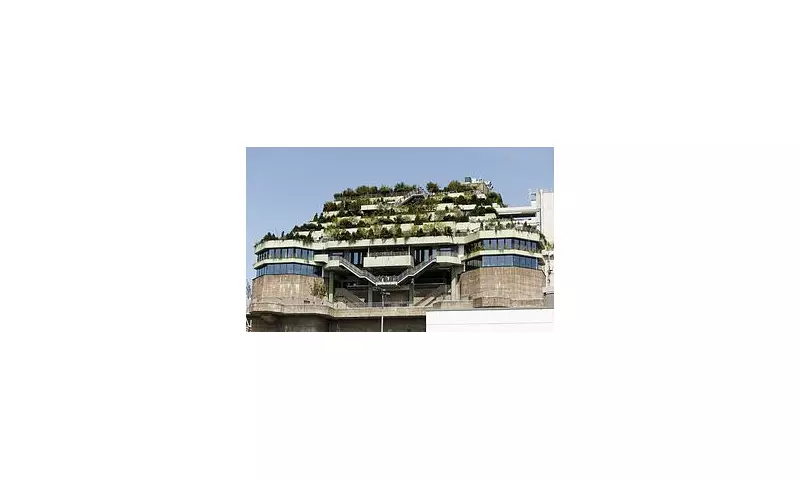
In one of Europe's most remarkable architectural transformations, a former Nazi communications bunker in Hamburg has been reborn as a stunning four-star hotel, offering guests an unforgettable blend of dark history and contemporary luxury.
A Concrete Giant's New Lease on Life
The massive structure, originally constructed in 1942 as a crucial communications hub for the Nazi war machine, has undergone a £30 million conversion that preserves its imposing exterior while creating unexpectedly elegant interiors. Standing seven storeys tall with walls up to two metres thick, the building represents one of Germany's most ambitious heritage conversion projects.
From Darkness to Light: The Design Transformation
Berlin-based architects have performed what many considered impossible, transforming the brutalist concrete fortress into the 126-room Wilhelmsbunker hotel. The design cleverly incorporates the building's original features while introducing modern comforts and sustainable technologies.
The hotel's public spaces showcase exposed concrete walls and original steel doors alongside designer furniture and contemporary art installations. Each guest room features custom-made furnishings and luxury amenities, with many offering panoramic views of Hamburg's cityscape.
Sustainable Innovation Meets Historical Preservation
What makes this transformation particularly noteworthy is its commitment to sustainability. The hotel utilises geothermal energy and solar panels, making it one of Hamburg's most environmentally conscious accommodations. The thick concrete walls, once designed for protection, now provide exceptional thermal insulation.
Confronting History with Honesty
The hotel management has taken a thoughtful approach to the building's difficult past. A permanent exhibition in the lobby details the bunker's wartime history, and guided tours explain its architectural significance and dark legacy.
"We acknowledge the building's difficult history while looking toward its future," explains General Manager Klaus Schmidt. "Our aim is to create a space that respects the past while offering contemporary comfort and forward-thinking design."
Guest Experience: Luxury Amidst History
Visitors can expect:
- Fine dining in the rooftop restaurant with 360-degree city views
- A wellness centre featuring a swimming pool and sauna
- Meeting spaces combining original architecture with modern technology
- Personalised historical tours of the building
The hotel represents a growing trend in European tourism, where historically significant but challenging buildings find new purpose through sensitive adaptation and innovative design.





